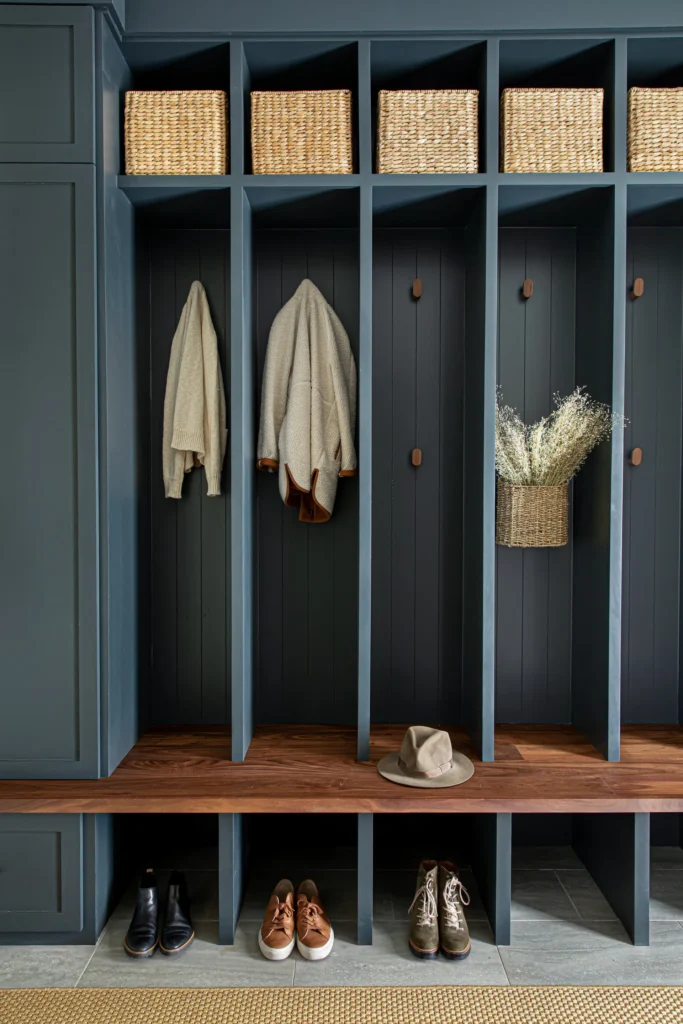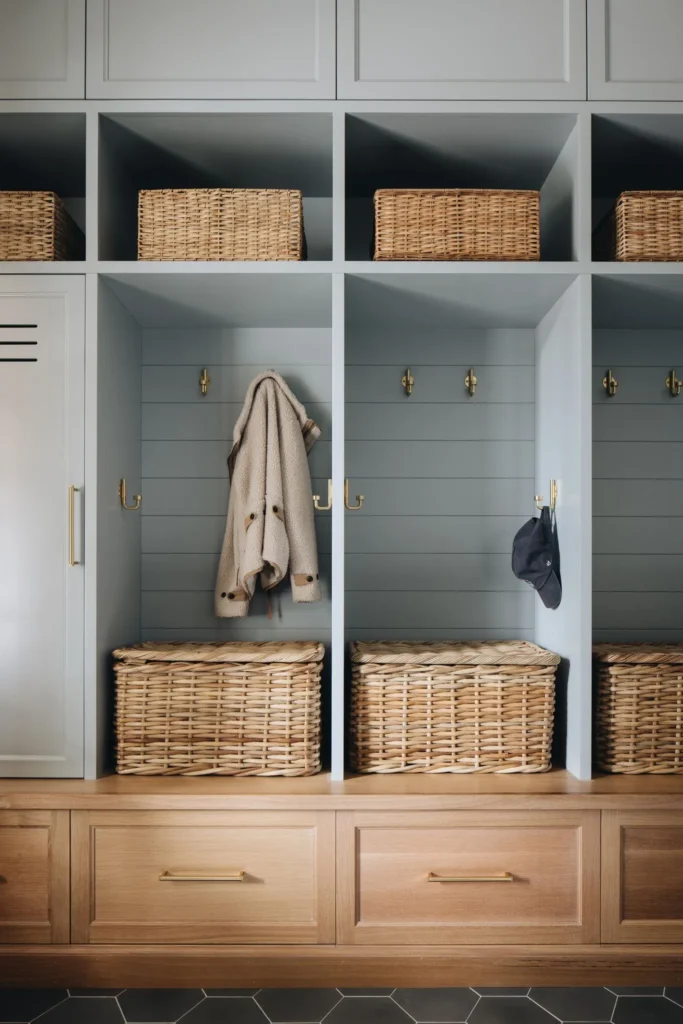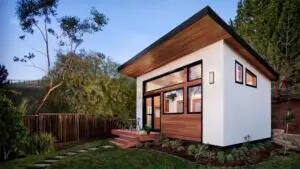Smart Places to Add One Without Expanding Your Home
A mudroom might not seem essential, until your hallway fills up with shoes, jackets, and wet umbrellas. In Massachusetts, where snow, rain, and muddy seasons cycle through the year, a mudroom can be a game-changer. Homeowners often ask, “Is a mudroom really necessary?” The answer comes down to lifestyle, storage needs, and how you use your space. If you’re planning a home addition, a mudroom can be designed into the layout from the start. But even without an addition, there are clever ways to carve one out of your existing home.
The Benefits of Adding a Mudroom to Your Massachusetts Home
Think of the mudroom as your home’s buffer zone. It keeps messes out of main living areas, organizes seasonal gear, and helps with daily routines. A well-designed mudroom often includes built-in benches, coat hooks, cubbies, and durable flooring. For families, especially with young children or pets, it provides a structured place to transition in and out of the house. It also protects your hardwood floors from salt, dirt, and moisture.
In Massachusetts homes, where snowy winters and wet springs are the norm, a mudroom isn’t just convenient—it’s practical. In fact, many of our home addition and basement remodeling projects include this feature because it adds function and value.

Ideal Mudroom Placement During a Home Addition
If you’re planning a home addition in Winchester, MA or anywhere else in Greater Boston, a mudroom can be easily integrated into the design. It often fits naturally near the garage or a side entrance. In some cases, it’s included at the rear of a new kitchen or custom kitchen layout.
We often recommend placing it where traffic flows most heavily, like between the garage and kitchen or at the back door. With thoughtful planning, it becomes a useful drop zone without disrupting the home’s layout.
For example, in projects involving kitchen remodeling, we might reconfigure part of the old kitchen footprint into a mudroom while pushing the kitchen outward with the addition.
Where to Add a Mudroom Without Expanding the House
But what if you’re not planning an addition? Good news: there are still smart options. With creative layout changes, a mudroom can often be worked into the existing square footage. Here are some common spots:
1. Garage Entryway Conversion
Many homes have unused or underused space near the door from the garage into the home. This transition area is perfect for a compact mudroom with hooks, shoe storage, and a bench.
2. Reclaim a Back Hallway
A hallway leading to a backyard or side door can often be reimagined. By adding built-in cubbies and durable flooring, it becomes a functional mudroom without moving any walls.
3. Convert Part of the Laundry Room
Laundry rooms are a great candidate for dual-purpose use. If it’s near an entrance, consider turning part of the space into a mudroom. A bench with storage and a wall of hooks can make a big difference.
4. Use a Sunroom or Porch
An enclosed porch or three-season sunroom can be converted into a mudroom with insulation upgrades. This approach is especially cost-effective and minimally disruptive.
5. Under the Staircase or Entry Nook
If your front door opens into a foyer or staircase, you may be able to build a mudroom setup under the stairs or against an entry wall. With a carpenter’s help, even a small area can be customized into a tidy, useful drop zone.
Design Tips That Make a Mudroom Work Hard
No matter where you place your mudroom, design is key. Choose water-resistant materials like tile or vinyl plank flooring. Use moisture-resistant paint, and include lots of storage at various heights. Install motion-sensor lighting for convenience.
We often advise homeowners to install a mix of open and closed storage. Open hooks make it easy to hang jackets on the go, while closed cabinets help hide seasonal clutter.
If you’re looking for mudroom design ideas that blend style with practicality, inspiration from upscale layouts can help you tailor a space that works for your home’s flow and your family’s needs.
If you’re renovating your basement, a lower-level mudroom may even work in walk-out homes. Think of it as a place where outdoor life stays out of the main living space.

Is a Mudroom Right for You?
Adding a mudroom makes sense for most Massachusetts households, especially when the seasons bring in plenty of mess. If you’re already working on a home addition, planning one into the design is seamless. But if not, the good news is that with a little creative thinking and smart remodeling, a mudroom can still fit.
Ready to get started? Contact us at 617.480.6836 or visit our FAQ page to learn more.






